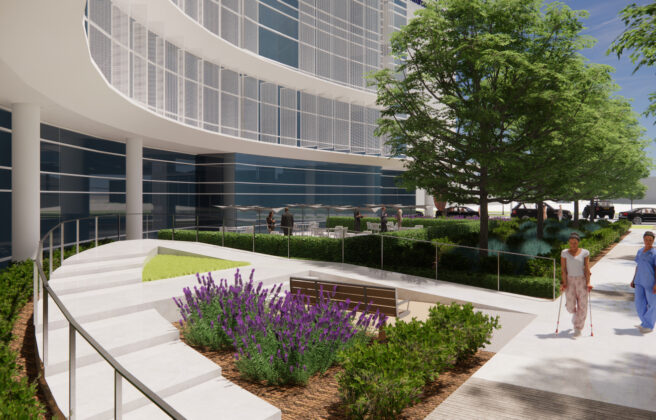BWBR was thrilled to host Dr. Sarah Edwards from University of Maryland School of Medicine and Heather Treib from Pine Rest Christian Mental Health Services for a recent moderated conversation and Q&A focused on the barriers to pediatric behavioral health care and the movement to more family-centric solutions that make real differences for patients and caregivers. (You can view the full recording at the bottom of this page.)
Understanding the Challenges
Suicide is the second-leading cause of death among people ages 10-24 and the CDC reports the number of children aged 5-11 seeking behavioral health services has increased 24% (with ages 12-17 up 31%) from pre-pandemic levels. Organizations are struggling to meet this demand–families can wait months for psychiatry or therapy appointments, and in some cases are even turned away completely due to lack of capacity. The obstacles can be even greater in rural areas, which suffer from a lack of providers and can require families to travel for hours to access their nearest behavioral health resources.
One of the biggest barriers to care, now more than ever, is limitations in staffing. In the face of huge amounts of burnout, finding and keeping staff in all roles is a significant challenge. Aside from focused recruiting, retention, and recognition efforts, facilities need to think creatively and flexibly about how staff are deployed, how best to support them in their day-to-day work, and how to maximize patient care with the staff available. The pandemic has also added new safety concerns to the mix, making it more difficult to move or combine staff from different areas without increasing the risks for cross-contamination. It really does take a village to ensure safe programming and quality clinical care, and providers must work to address this shortage from as many angles as possible.
Seeking Solutions
Children with mental health needs do not exist in a bubble, so disconnecting them from their family and support structure is not conducive to long-term improvement. As facilities expand and pilot new services, they must make an active effort to incorporate family in a meaningful way. For example, the University of Maryland offers the option for a caregiver to stay overnight with a patient and connects families to a “peer navigator” who has been there themselves and who checks in weekly by phone to offer support. Stabilizing the immediate crisis is vital, but so is helping families understand the hard work to come after the patient is discharged.
Besides considering the entire family unit, it’s also important to broaden the continuum of care and consider how to treat each patient in the least restrictive appropriate environment—greater need and more acuity does not just mean a need for more beds. This can also mean pursuing proactive early-intervention strategies rather than waiting for patients in crisis to seek care, working upstream to support parents and increase early childhood intervention. A parent’s mental health has a huge impact on their children, so early, non-stigmatized support services around addiction and mental health care can change the trajectory for the whole family. It also helps families form connections with resources they can call on again later as needed, increasing their overall support system.
Technology also has a vital role to play in filling some of these critical access gaps. Pine Rest, which serves a large geographical footprint, including many rural areas, has seen a huge benefit to the increase in telehealth adoption and reimbursement since the pandemic started, greatly expanding their organizational reach and increasing patient and provider acceptance levels when there might previously have been resistance. While a hybrid model might always be ideal, virtual visits are breaking down many of the barriers that families previously had to face including long travel times, long waits for in-person visits, and scheduling conflicts with work and other commitments.
Designing for a Collaborative Future
Design also has an important role to play in enhancing patient care and optimizing support services. Safety will always be #1, but close behind it is providing a warm, welcoming, therapeutic environment. By investing in the physical environment as a member of the treatment team and providing natural light, reduced social density, and interactive elements that offer patients some choice and control, facilities can avoid the “us against them” mentality and instead move forward from a place of partnership.
Every organization that delivers pediatric behavioral health care needs to take an honest look at their current state and start anticipating future needs by challenging previous ideas, listening to the community (both staff and patients), seeking out new partnerships and collaborations, and not being afraid to make big changes. None of us can tackle this complex issue in isolation.








